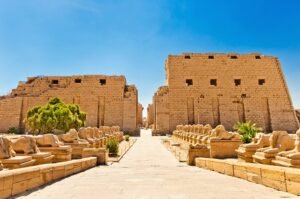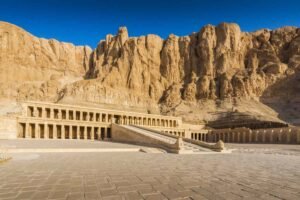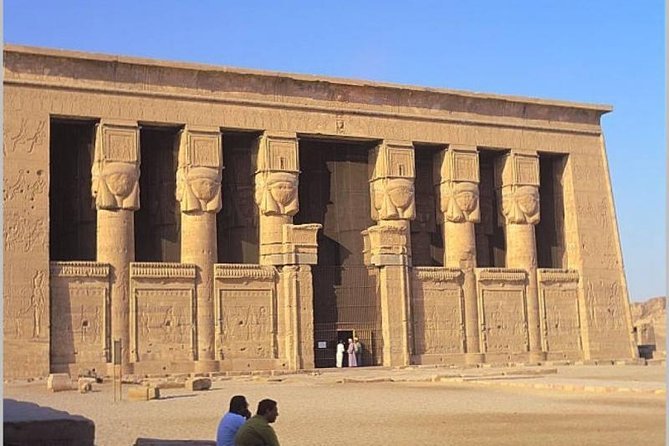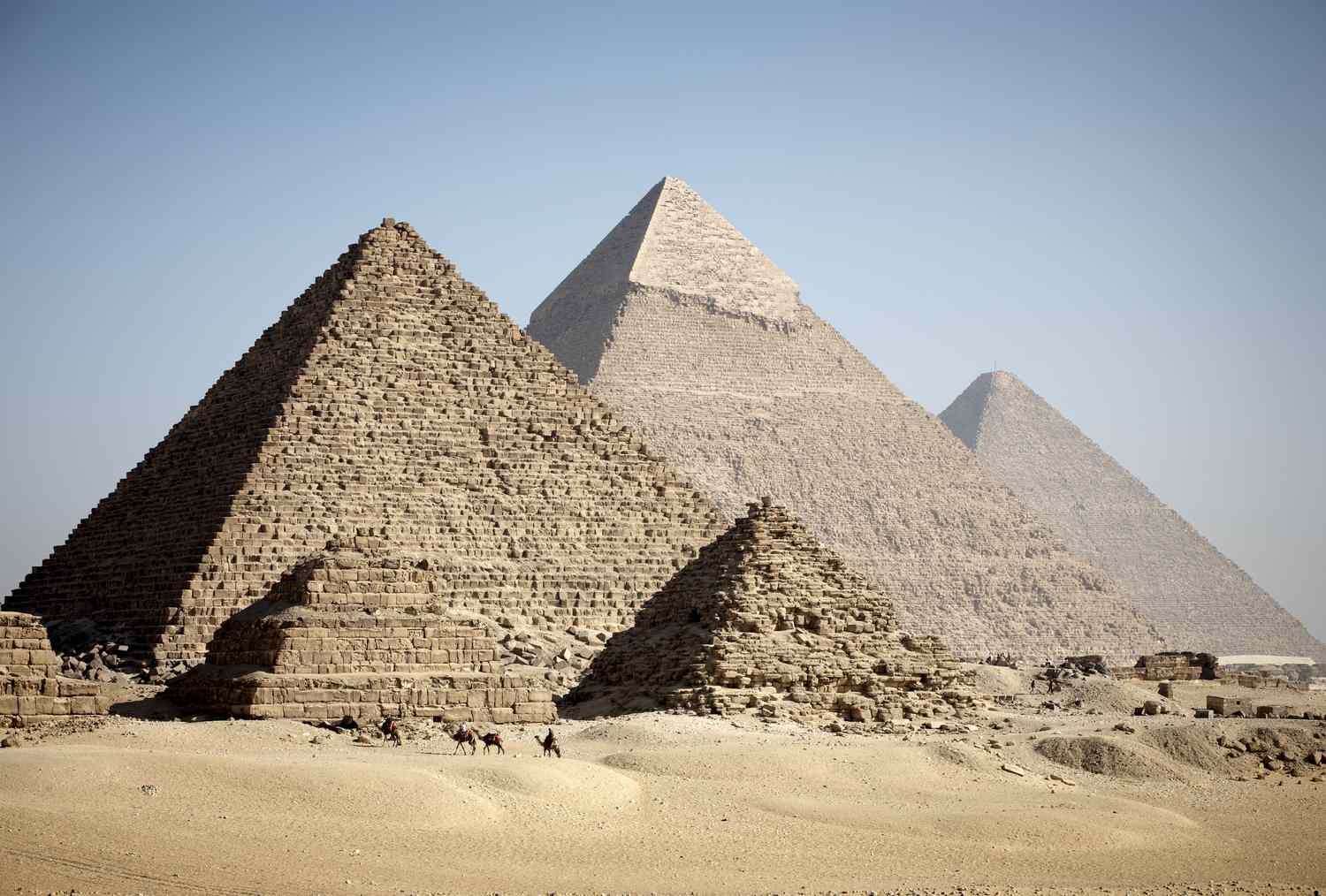Ancient Egypt, a cradle of civilization along the Nile, has left an indelible mark on human history. Its sacred sites, rich with cultural and spiritual significance, continue to captivate modern imaginations.
A Comprehensive Guide to Sacred Sites
In this comprehensive guide, we delve into the awe-inspiring legacy of ancient Egypt’s sacred sites, exploring both the historical marvels and recent archaeological revelations.
Giza Pyramids and Sphinx
The Giza Plateau, home to the iconic Pyramids of Giza and the Sphinx, stands as a testament to ancient engineering prowess. Recent archaeological advancements, utilizing ground-penetrating radar, have unveiled hidden chambers within these colossal structures. The pyramids’ alignment with celestial bodies and the Sphinx’s enigmatic presence showcase the intersection of architectural grandeur and astronomical precision.
Karnak Temple Complex
Situated in Luxor, the Karnak Temple Complex is a sprawling testament to ancient Egyptians’ devotion to their deities. Recent excavations, including the discovery of the Karnak Open Air Museum, shed light on the scale of religious rituals and the intricate artistic expressions that adorned the temple. Hieroglyphic inscriptions continue to reveal insights into the spiritual practices of this ancient civilization.

Luxor Temple
On the east bank of the Nile, Luxor Temple stands as a testament to the Theban Triad. Recent archaeological endeavors have unveiled the significance of the Avenue of Sphinxes, connecting Luxor to Karnak, emphasizing the role of grand processions and religious festivities. Ongoing excavations promise to reshape our understanding of Luxor Temple‘s place in ancient Theban religious life.
Valley of the Kings
The Valley of the Kings, on the west bank of the Nile, served as the final resting place for New Kingdom pharaohs. Howard Carter’s discovery of Tutankhamun’s tomb in 1922 remains iconic. Recent studies of the intricate wall paintings and the treasures within Tutankhamun’s burial chamber provide new insights into the beliefs surrounding the afterlife.

Abu Simbel Temples
Commissioned by Ramses II, the Abu Simbel Temples in Nubia underwent a monumental relocation to preserve them from Lake Nasser. Recent research highlights the architectural and astronomical precision in the alignment of the colossal statues with the sun’s rays, revealing the depth of ancient Egyptian religious expression.
Abydos
Abydos, located in Upper Egypt, held immense religious significance as the burial place of Osiris. Ongoing excavations, including the discovery of the Temple of Seti I and the enigmatic Osireion, continue to unravel the spiritual mysteries associated with this sacred site.

Philae Temple
Dedicated to the goddess Isis, the Philae Temple‘s relocation due to the Aswan High Dam construction symbolizes international efforts to preserve cultural heritage. The temple’s detailed reliefs and inscriptions offer valuable insights into the mythological narratives and rituals associated with the goddess Isis.
Frequently Asked Questions
How were the hidden chambers in the Giza Pyramids discovered?
Advanced technologies like ground-penetrating radar have been instrumental in revealing previously unknown chambers within the pyramids, offering new insights into their architectural complexity and purpose.
Can visitors explore the interior of the pyramids and temples in Luxor?
Yes, many of the pyramids, including those at Giza, and the Luxor Temple are open to visitors. However, access to certain chambers may be restricted for preservation purposes.
What treasures were discovered in Tutankhamun’s tomb in the Valley of the Kings?
Howard Carter’s discovery in 1922 revealed a wealth of treasures, including the iconic golden mask covering Tutankhamun’s mummy, jewelry, furniture, and various artifacts. These findings provided valuable insights into New Kingdom burial practices.
What is the significance of Abydos in ancient Egyptian mythology?
Abydos was considered the burial place of Osiris, the god of the afterlife. The Temple of Seti I and the Osireion in Abydos are associated with religious rituals and myths surrounding Osiris.
How did the relocation of the Philae Temple impact its preservation?
The Philae Temple was relocated to Agilkia Island to prevent submersion by the rising waters of the Aswan High Dam. The successful relocation ensured the preservation of the temple and its intricate reliefs.
Conclusion
The sacred sites of ancient Egypt stand as timeless witnesses to the ingenuity, spirituality, and cultural richness of a civilization that flourished along the Nile. As we journey through the awe-inspiring remnants of this bygone era, recent archaeological breakthroughs, coupled with advancements in technology, continue to peel back the layers of history, unveiling new facets of these iconic landmarks.

